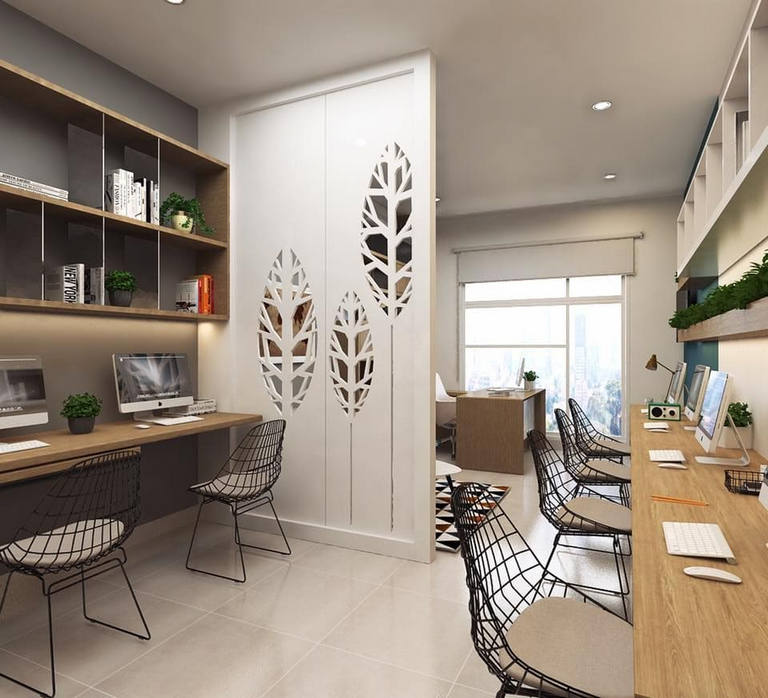Home on merit (HUM) creates a connection to permanent, affordable housing for many vulnerable populations struggling for affordable housing. We envision a world where everybody has a house - regardless of income, credit history, location, or risk history. To create a method for making this vision a reality, we create strategies for creating housing that meets community needs and prevents displacement from natural disasters and other causes. Communities constructed with HIP principles share many values: strong public services, low income, healthy neighborhoods, access to safe recreation and wholesome food, participation in local economic development and advancement, and constant management of public funds.
img width="323" src=" ">
The value of this vision is strengthened by our ability to work with our partners at all levels to achieve it. Community development includes a broad selection of housing activities such as: development of affordable housing, inclusion of vulnerable neighborhoods and the elderly from the development process, and access to quality health services and the prevention of foreclosures. The program focuses on these key areas:
">
The value of this vision is strengthened by our ability to work with our partners at all levels to achieve it. Community development includes a broad selection of housing activities such as: development of affordable housing, inclusion of vulnerable neighborhoods and the elderly from the development process, and access to quality health services and the prevention of foreclosures. The program focuses on these key areas:
Creating housing on merit requires a multi-pronged strategy. Our multi-pronged strategy begins by recognizing that building and sustaining a vibrant, integrated, economically and socially stable neighborhood demands a multifaceted effort. Additionally, it requires the commitment to a wide assortment of common solutions such as: positive externalities, such as comprehensive reinvestment in schools and community development, and focused interventions. These solutions are designed to address the full range of the intricate array of problems that can lead to displacement, including: demographics, environmental change, health care, poverty, and gentrification. We work to create these problems relevant in the decision making processes of buying and selling, while working to strengthen the fabric of the areas in which people live.
Among the most troubling issues in the United States today is the unequal distribution of wealth. Some areas are particularly troubling, as they have experienced dramatic decreases in house costs and foreclosure rates, even as other areas are still relatively wealthy. Income and wealth gaps are a serious cause for concern, as they are a key contributor to both health care and quality of life. While some individuals may lack perfect health, and others may lack adequate access to high quality home, the poor health of many individuals contributes to a system where many are unable to afford the housing they need or deserve.
Building and sustaining prosperous neighborhoods requires addressing the unequal distribution of wealth. This begins by building a culture of inclusion, which includes access to quality affordable housing, higher-quality schools, job development and a higher standard of living. A critical aspect of this culture of inclusion is creating opportunities through employment and educational opportunities. Another important area for building a prosperous neighborhood is to ensure access to quality, affordable health care.
The Affordable Housing Initiatives of the Department of Housing and Urban Development (HUD) work with many different creative financing strategies to make sure that low-income and minority families can afford to purchase, rent, and preserve affordable housing. Creative financing includes programs such as: FHA Guaranteed Home Loan Programs, the Federal-aid Neighborhood Centers, and the Neighborhood Stabilization Program. https://notes.io/wguSV Furthermore, HUD also provides assistance for providing homeownership programs for those individuals who cannot qualify for a conventional mortgage. To be able to be eligible for this support, an individual or family must demonstrate the capacity to repay the mortgage loan using income from different sources. All of these innovative programs have helped create affordable housing available to millions of lower and moderate-income families.
Naturally, the efforts of HUD do not end at simply providing opportunities to people who are unable to purchase housing by themselves. Their strategic planning and development programs also have proven effective in ensuring that all residents have access to excellent housing choices. These strategies include: Assessing Real Estate Needs and Opportune Locations, developing a Resale Market Plan, and coordinating and promoting transitional partnerships. As you can see, there are a number of innovative financing strategies designed to promote development and investment in under-served communities. These programs include: Housing Cash Out, Neighborhood Stabilization Program, and the Neighborhood Mobile Plan Processes.
By strategically supporting these a variety of housing efforts through the application of creative funding, nonprofit organizations can create a bridge to permanently affordable housing for many low-income and minority individuals and households. Along with this program, non-profit organizations should employ a variety of different strategies and activities to make certain that their support services help to ensure that every resident in the community has access to quality affordable housing. Ultimately, these strategies made by HUD-approved non-profit housing counselors strengthen the capacity of those communities by providing a very important source of low-cost and high-value supportive services.
![[PukiWiki] [PukiWiki]](image/pukiwiki.png)
